Branding for a small business is complicated, expensive, and unnecessary—a common myth you might relate to.
You ignore branding, invest all your money in marketing and think “branding is for established businesses.” But didn’t all “established businesses” start small?
Think of Apple. It doesn’t fit the definition of a small business today, but it did back in 1975. Steve Jobs and Steve Wozniak started their tech venture from a garage. And today, Apple is more than just the iPad and Macbook—it’s all about the brand.
Moral of the story: branding for a small business is not an option but a necessity. But first, you need a solid identity to build your brand.
Here’s a step-by-step guide to building a brand identity for your small business.
Table of contents
Why is brand identity important for a small business?
A brand identity answers four questions for your audience:
- Who are you?
- What does your brand stand for?
- How is your brand different from others?
- Why should they buy from you?
The answers evoke certain emotions in your audience’s mind, forming an opinion of your small business.
Simply put, a brand identity is how people perceive your small business the moment they see your brand logo, colors, or brand voice without looking at the name.
Benefits of creating a brand identity for a small business
Let’s understand the benefits creating a brand identity serves to your small business.
Builds trust in your customers
Think about the last time you purchased from a brand you have known for the last 6 months versus the one you found while doomscrolling on Instagram. In most cases, you choose the former.
Why? Because 46% of customers pay more to brands they trust.
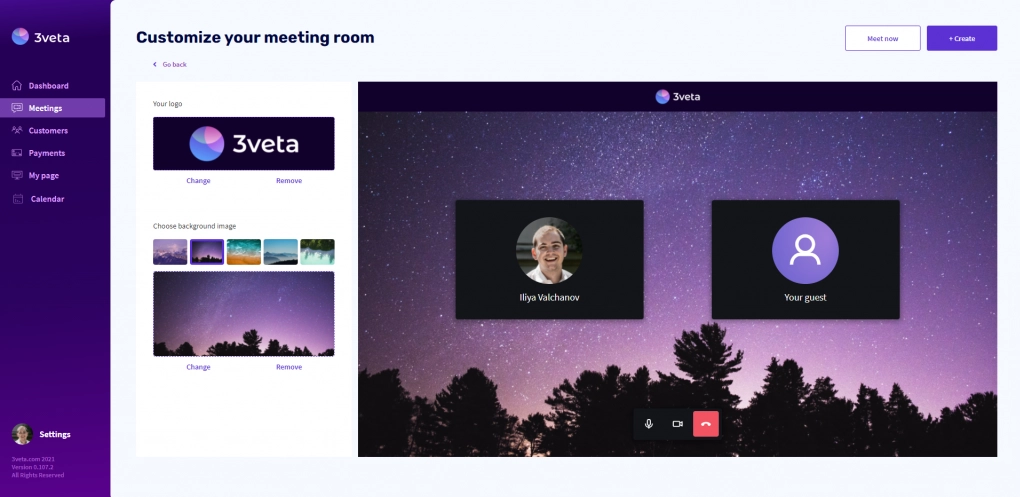
Here’s the thing: customers usually don’t purchase from your small business because of the price point or great product. They buy from you because they trust your story and your values.
💡 Pro tip
3veta allows you to create a personalized booking page for your services. Furthermore, you can host white-label video conferencing sessions, brand your automatic email reminders, and much more.
Inspires customer loyalty
Your customers’ experience will determine if they will return or not.
Think of the helpful customer support the shopper reaches out to, the speed at which their query is resolved, and how the support team communicates is what makes their experience better.
Brings customer recognition
With consistent brand building, your customers recognize your small business amidst the noise of several others—just by looking at your product image, your packaging, and the tone.
Also read: Disintermediation in Online Platforms: Skip the Middleman
8 steps to create a brand identity
Here’s an 8-step process to create a distinctive brand identity for your small business.
Conduct thorough market research
Market research uncovers insights into two main components: your audience and competitors.
Audience research
A brand identity connects people to your business beyond sales. But that’s impossible unless you know your audience inside out.
To conduct the audience research, know:
- what your customers want
- their likes and dislikes
- their hobbies and interests
Create detailed buyer personas that describe your audience’s age, gender, location, income, education, household size, profession, and cultural group.
Customize these demographics according to your research.
Competitor research
Conduct comprehensive competitor research and analyze the personality, visual imagery, value proposition, and customer response.
For instance, you have an online sales consulting business but you don’t have an idea about pricing and the strategy to sell.
Search for other small businesses in your niche on LinkedIn, Facebook, or Instagram and check out their website, the kind of content they are putting on social media, and how they engage with their audience.
Establish clear purpose and positioning
Create a purpose statement and the positioning statement to set the foundation of your online business.
Purpose
It connects people emotionally with a cause your small business is driven to—like planting a tree for every sale, contributing to a better lifestyle, saving the planet, etc.
Ali, the CEO and Co-Founder of Oat Haus states the purpose behind creating the world’s first oat-based spread.

How to determine your brand’s purpose?
- Determine the cultural tension—find something that’s happening in the world and is relevant to you
- Determine your brand’s best self—what your company delivers the best
- Determine the big idea—the intersection of these two areas.
Positioning
Define how you want to position your services and your small business in front of your customer.
To create a positioning statement, ask:
- Who is my ideal target audience?
- What is the benefit my product or service provides that delights customers?
- What is the proof of this benefit?
Take a look at how Creative Ink Holders answers these questions and positions itself as a brand that creates functional calligraphy tools by hand.
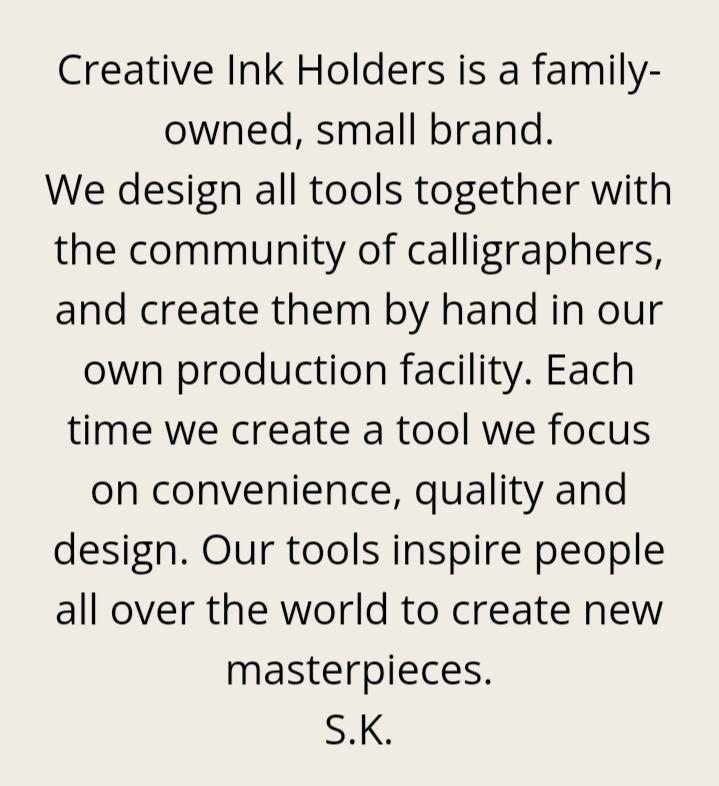
Determine your brand’s personality
Harley-Davidson is rebellious. Nike is sassy. Givenchy is professional.
Which of these traits does your brand have? That’s your brand personality—and showcases how your audience perceives your brand (as a person!).
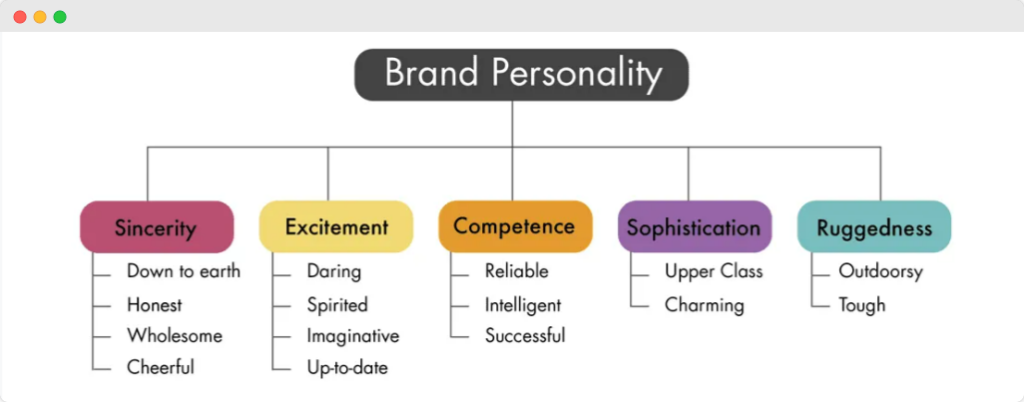
To define your brand personality, answer these questions:
- Is there a public personality or celebrity with the same traits as your brand?
- What characteristics define your team?
- Do you want your audience to perceive you as quirky, rugged, or sincere?
Once you have the answers, work through to bring this personality to life in the form of tone, messaging, and visual collateral.
Take a peek at how Go-To Skincare displays a sassy personality—striking a perfect balance between a feminine feel and aggressive appeal.
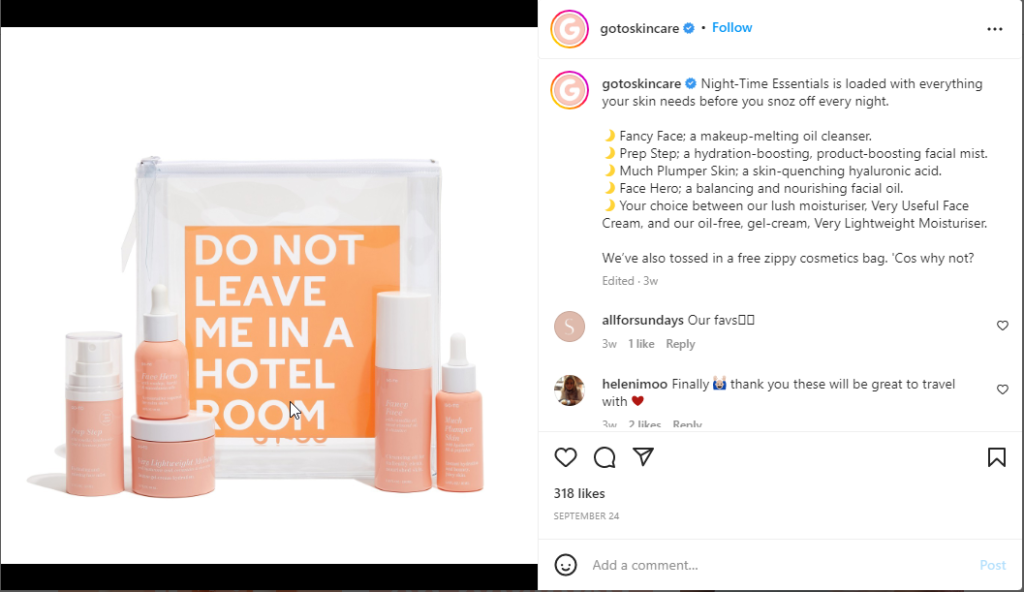
Develop your brand story
Your small business’s brand story is why people remember you. It’s about building a personal bond with them; establishing an emotional connection to capture their attention.
Tony’s Chocolonely, a confectionary company, shares an empathetic story about how they started the fight for slave-free chocolate.

To develop your brand story:
Create your mission statement
Ask yourself: what do you want to achieve with your product/service? Once you have your answer, filter it through the four elements of creating the mission statement: values, inspiration, plausible and specific.
Let’s break down the example shared above to understand these elements.
Value: Tony’s Chocolonely’s mission statement, “We make 100% slave-free the norm in chocolate”.
Here, the 100% slave-free norm in chocolate is the value the brand provides to its customers.
Inspiration: We inspire other key players to take action and are actively seeking partners who would be interested in applying our model.
Here, the brand inspires people to take action in the same direction as they are doing— empowering slave-free chocolates.
Determine your brand personality
Define how you want your audience to perceive you.
Looking back to Tony’s example, the brand is honest, blunt, bold, and unapologetically outspoken. That’s their personality.
Humanize your story
Communicate your story or message in a more human way—by evoking emotions, desires, and inspirations.
- Talk about what made you start your small business and what is the story behind providing a specific service or creating the product.
- Talk about the challenges you faced while building your small business
- Share your journey from start to present
- Tell the audience about how you failed on your journey while building your business
Example: Tony shares their story about how they have been fighting for slave-free chocolates for the last 13 years and ends with a video that intrigues the audience to find out more about their story.
Communicate your brand message
Brand messaging is all about how you convey your brand values to your audience with elements like words, and brand voice.
To convey your brand message, you can choose from different communication mediums— website copy, social media posts, marketing messages, and other visual assets you create.
POP Fit Clothing conveys a strong brand message—inclusivity, diversity, and representation in fashion and media via its website, social media, and campaigns.
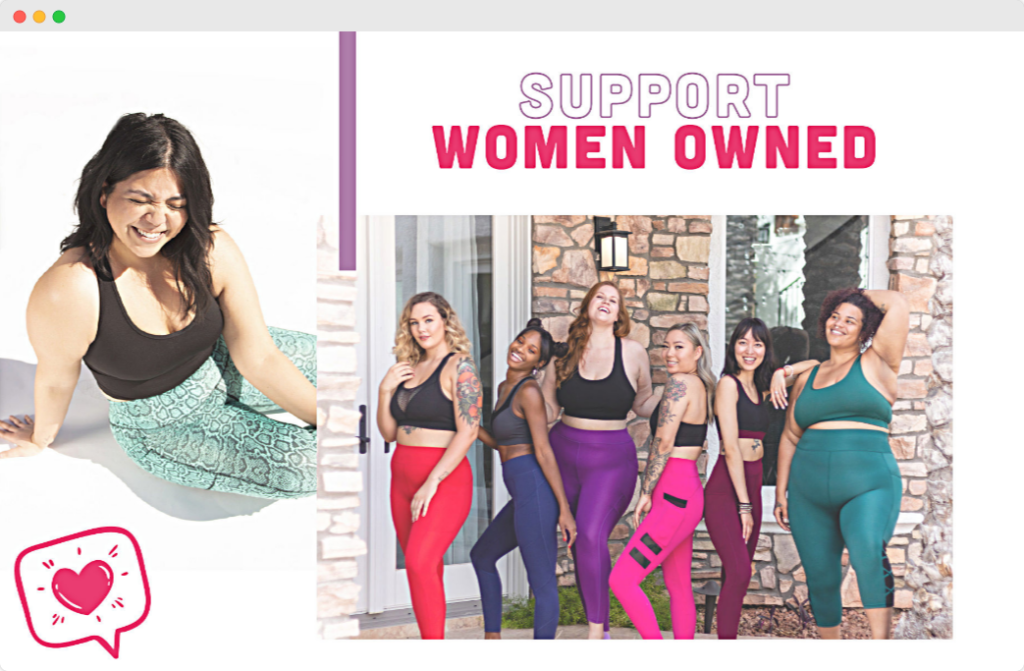
To communicate your brand message:
- Create detailed buyer personas and identify your ideal target audience
- Look for market trends and take inspiration
- Study your competitors’ brand messaging
- Define your small business’s value proposition
- Find your brand voice
- Create brand guidelines to keep messaging consistent throughout
Also read: How to Promote your Consulting Business on Social Media
Create a polished logo
A logo is the deal breaker in building your brand personality. So, you must have clarity on your brand before designing it or getting it designed.
If you plan to DIY your logo, explore Pinterest for inspiration and check out your competitors’ logos.
Study what icons, colors, and text they’ve used in their logo and try to understand the psychology behind doing so.
Here’s what Ferris Wheel Press’s logo looks like. It’s simple, readable, and displays the element of what the brand preaches—timeless art and craftsmanship.
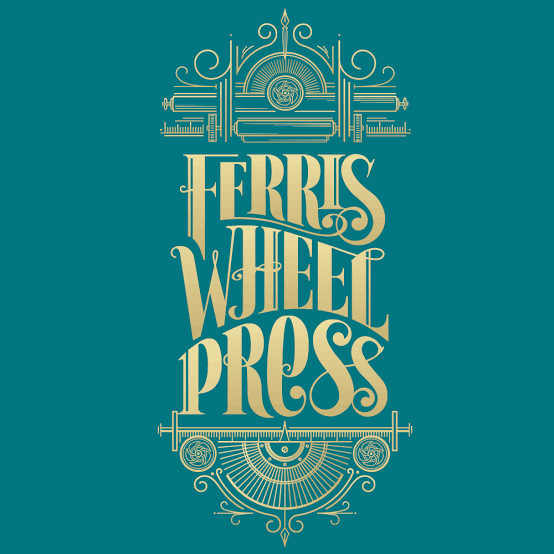
Create an attractive color palette
Colors are a powerful element in your brand’s engagement and encourage people to take action.
For example, if you see a CTA ‘Shop Now’ in two different colors red and blue, you are likely to opt for the latter because red is a loud color and creates disturbance and blockage for the shoppers to click on it.
To choose a color palette, ask yourself:
- What are my small business’s brand guidelines?
- What are my brand values?
- What do I want my audience to do when they see my brand colors?
- What feelings do I want to evoke in my audience?
Note down your answers and choose three colors to align with them.
Here’s how you can do it:
- Choose a dominating or primary color your brand will be focused around
- Select two more colors to be used for fonts and CTAs.
- Use mycolour.space to generate and choose from multiple three-color palettes based on your dormant color
Flux Academy has applied this principle in a perfect sense—60% Purple, 30% White, and 10% Pink.
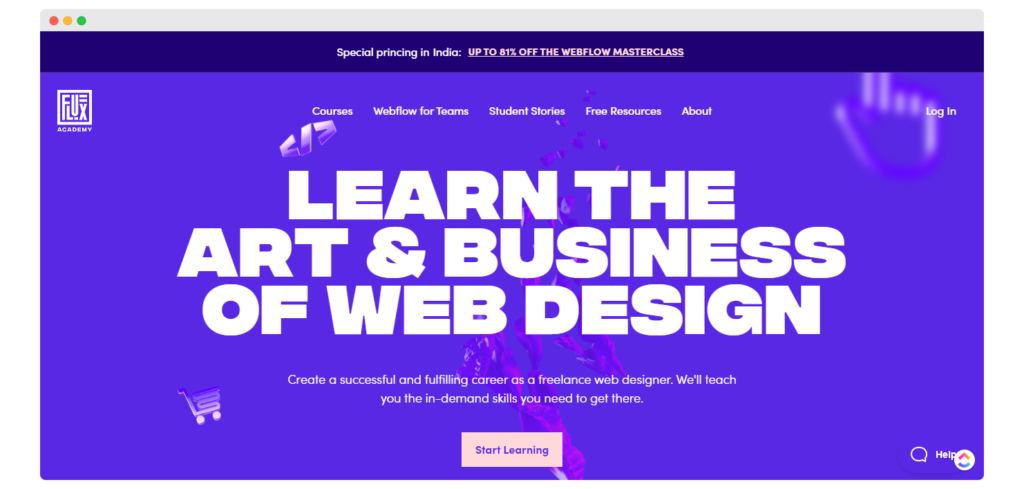
Choose the right fonts
How do you want to appeal to your audience—classy, clean and minimalistic, retro, or vintage?
Just like your brand personality, fonts create visual imagery of your small business in your audience’s mind.
To choose the right font for your brand, leverage tools like Fonts in the Wild, Fonts in Use and Type Wolf.
Best practices to consider when choosing fonts:
- Keep your fonts simple—your audience should understand the written word.
- Avoid using fancy fonts unless your brand personality allows it—ensure the font doesn’t hide your brand identity
- Don’t overmix multiple fonts—choose 2-3 fonts at most and maintain consistency
How 3veta amps up branding for a small business
Branding for your small business is not limited to the visual collaterals your audience sees. It goes beyond—by staying intact even when you conduct video calls.

And that’s what 3veta does for you—provides you with a white-labeled video conferencing platform:
✔️ Want to personalize your video meeting experience and make it branded? Add your logo and brand colors, and custom background, and personalize your meeting links and booking pages.
✔️ Don’t have a website yet? Turn your booking page into your business website
✔️ Want branded automated email reminders without using third-party software? Schedule email reminders and updates with your brand elements
Don’t build a small business, build a brand…
When you utilize branding for your small business, people remember you not *just* for the products and services you sell, but for the memorable experiences you create.
Want to increase your small business’s brand visibility? Try the white-label video conferencing platform for free.

Nidhi Kala
Nidhi Kala is a freelance writer for B2B SaaS brands in marketing, HR, and eCommerce. When she's not writing, her artistic mind is buried in creating a new journaling spread or exploring calligraphy scripts. Connect with her on LinkedIn.



